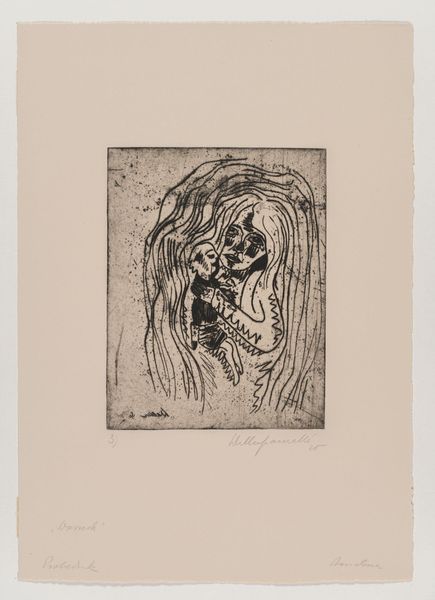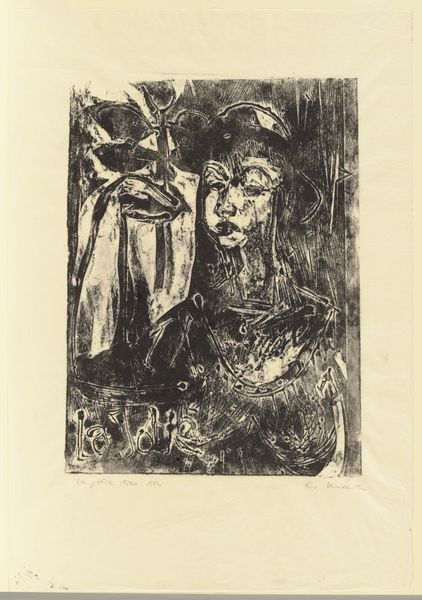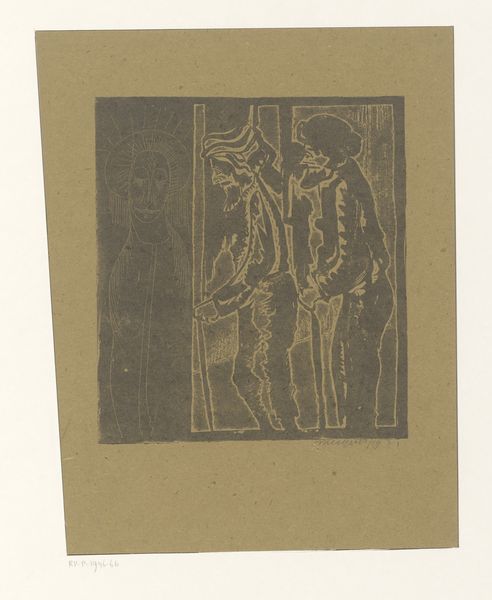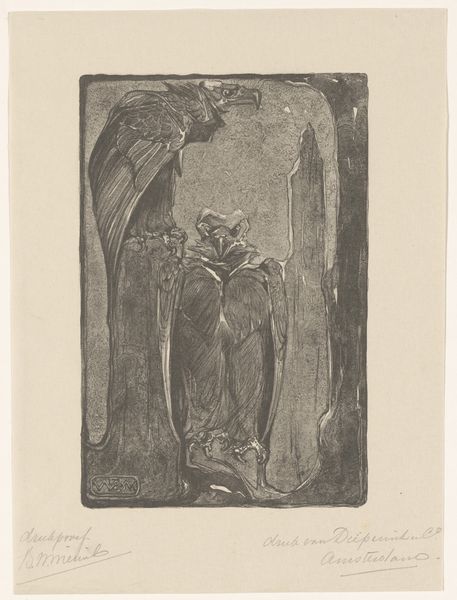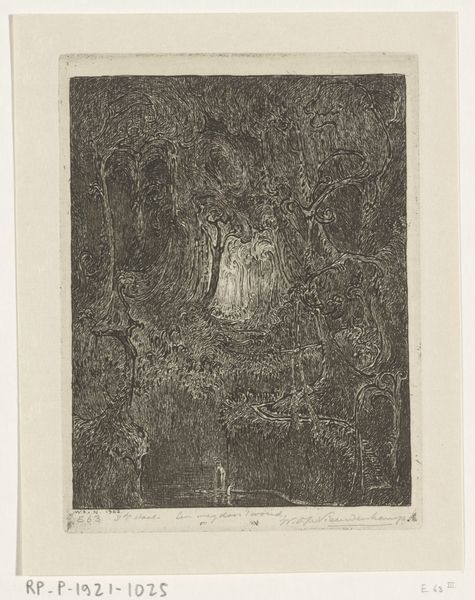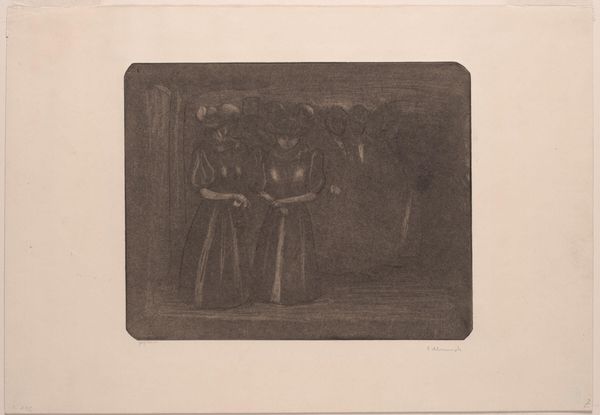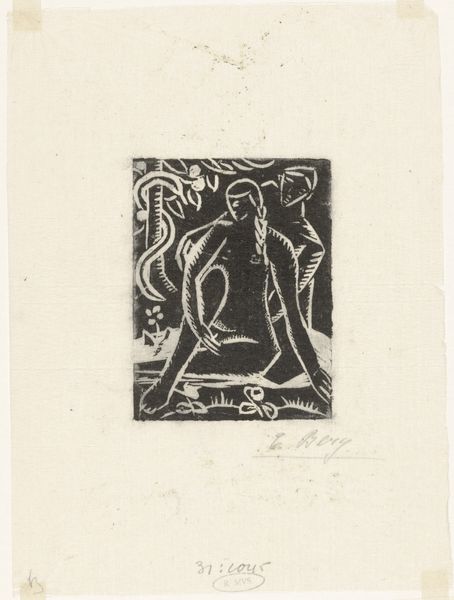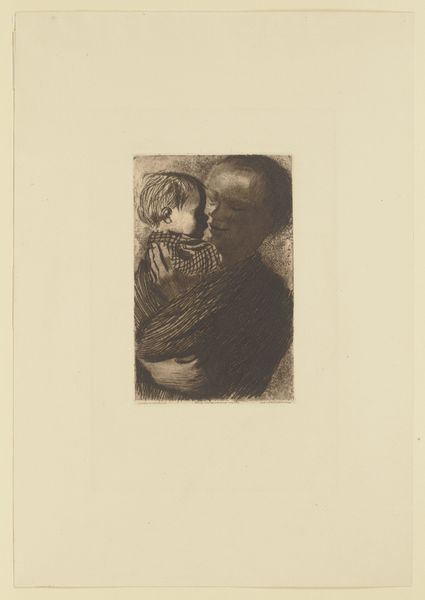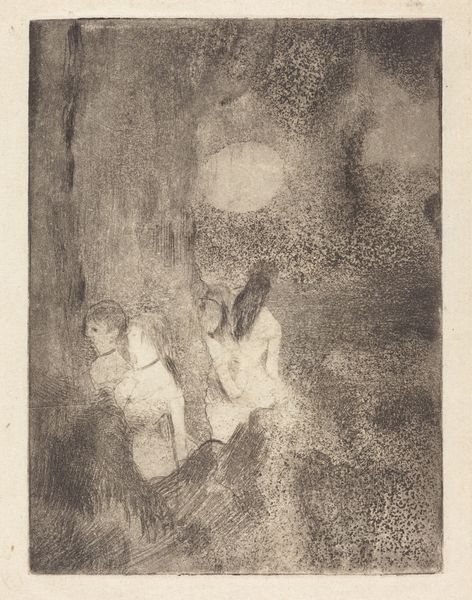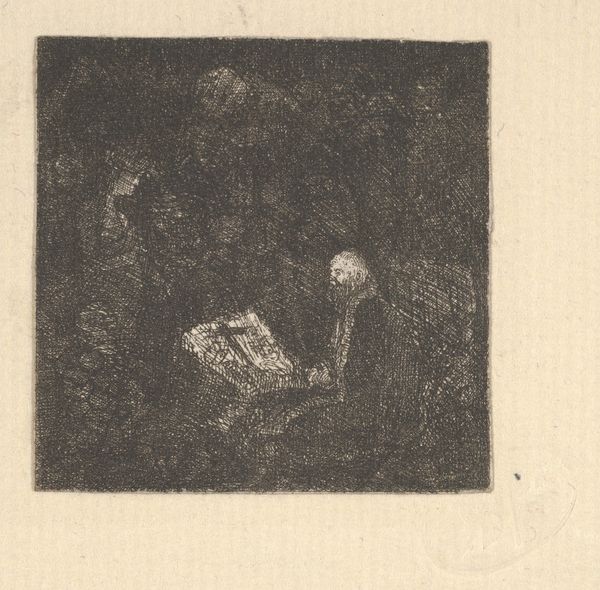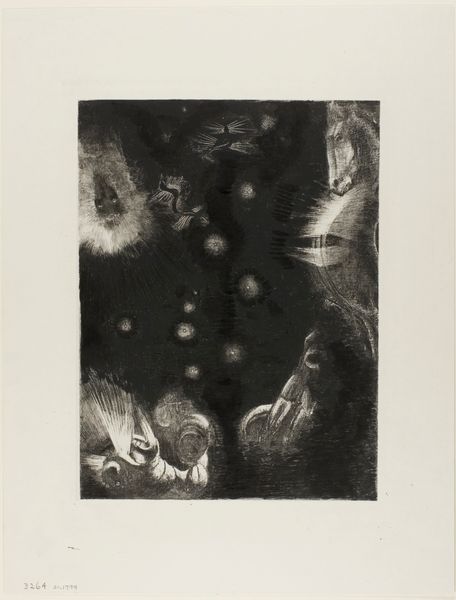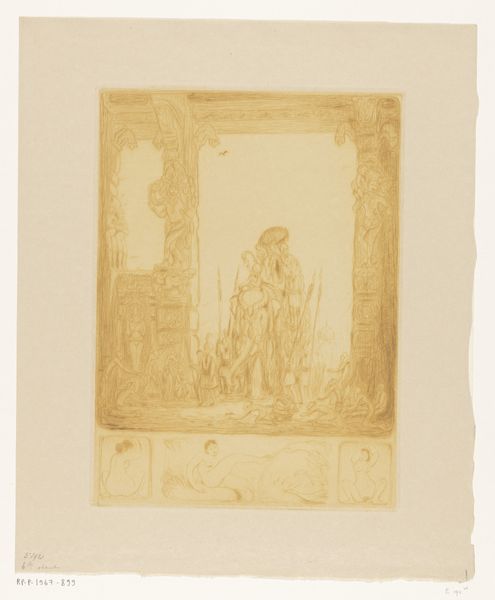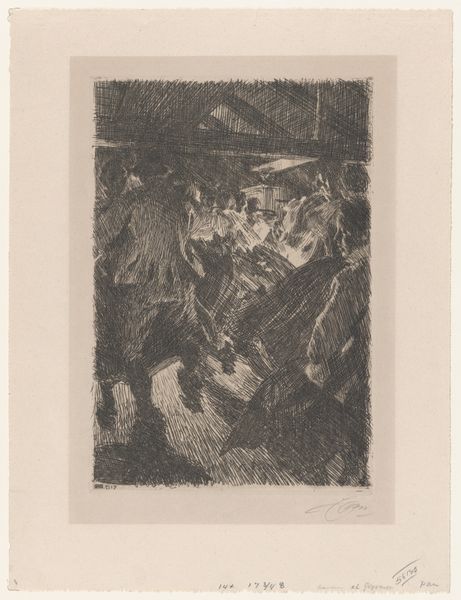
drawing, print, sculpture, woodcut, engraving
#
drawing
# print
#
asian-art
#
indigenism
#
form
#
geometric
#
sculpture
#
woodcut
#
line
#
engraving
Dimensions: height 260 mm, width 230 mm
Copyright: Rijks Museum: Open Domain
Editor: This is "Twee heften van krissen," or "Two hilts of krisses," dating between 1906 and 1945. It's a drawing, print, woodcut, and engraving. The details are amazing, but it feels a bit…distant. What do you see in this piece? Curator: I see a complex conversation about cultural representation. Consider the period in which this was made. How does the artist's perspective, likely influenced by colonial dynamics, shape our understanding of these Indonesian krisses? What role do these objects play within their own culture? Editor: So, it's not just about the beautiful craftsmanship, but also about who is representing whom? Curator: Precisely. The act of representation itself becomes a political act. Think about how Western artists have often depicted non-Western cultures, and what power structures are reinforced through those portrayals. Do you see any visual clues suggesting the artist's perspective or agenda? Editor: Well, the lines are very precise, almost scientific. It feels like observation rather than a connection. Curator: That detached observation can be revealing. Does it remind you of the ways objects were catalogued and displayed in colonial museums, stripping them of their original cultural context and significance? What effect might that have on our contemporary experience? Editor: I hadn't thought about it that way. It makes you wonder about the story behind the objects themselves, beyond just their appearance in this print. Curator: Absolutely. It pushes us to question not only the artist’s intentions but also our own biases as viewers. These aren’t just aesthetic forms; they are potent cultural symbols that warrant deeper consideration. Editor: This has really opened my eyes. I’ll never look at ethnographic art the same way again! Curator: Indeed. Art invites us to examine not just what is shown, but also why and how it is shown, and to whom it is speaking across time and cultures.
Comments
No comments
Be the first to comment and join the conversation on the ultimate creative platform.
